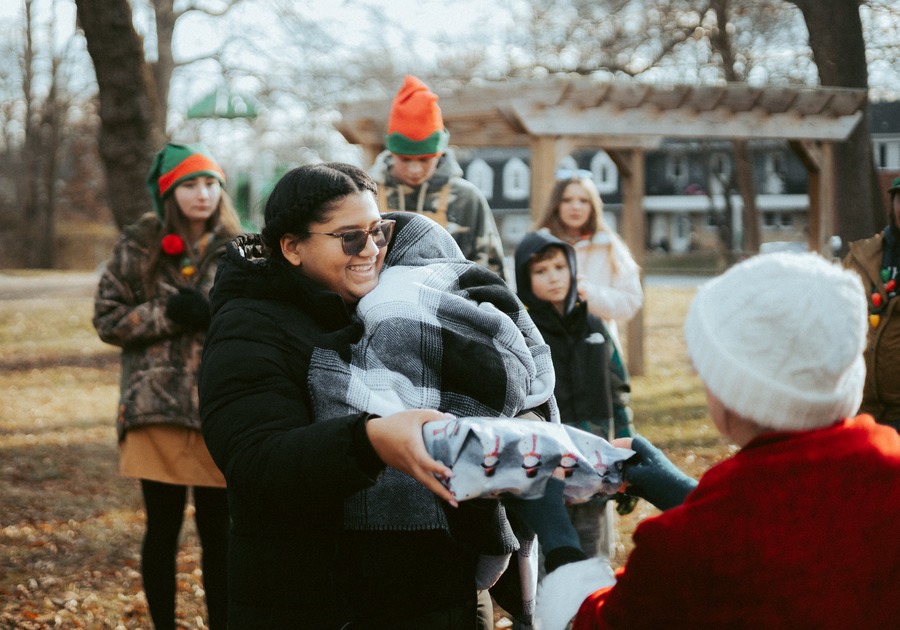Just the other day my 7-year-old really let me have it. He yelled at me for not giving money to an unsheltered man in the street soliciting donations. I felt awful, I realize that I at times can be desensitized to seeing an all too often sight. I tried to explain to him that oftentimes I do not have cash on me, as well as the fact that it is not safe sometimes to pull out money. My son has the biggest heart in the world and I do not want to dampen his giving spirit.
Fostering service was a huge part of my childhood from my church to my years in parochial school. However, I found that I have not taken action to instill these values and actions into our family more deliberately. Teaching young children about volunteerism and service not only helps them develop empathy but also fosters a strong sense of responsibility and kindness. In this article, we'll explore creative and family-friendly ways to introduce the concept of community service to your little ones.
Lead by Example:
Children often learn by observing their parents and caregivers. Demonstrating a commitment to community service sets a powerful example. Take the time to volunteer together as a family, whether it's participating in a neighborhood clean-up, helping at a local food bank, or assisting with community events. Your enthusiasm and dedication will undoubtedly inspire your little ones to follow suit.
Make it Fun:
Transforming community service into a fun and engaging activity can capture the attention of young children. Consider organizing family-friendly volunteer events, such as creating care packages for the elderly, crafting handmade cards for hospital patients, or even starting a small neighborhood gardening project. By infusing an element of enjoyment, you'll show your children that helping others is not only rewarding but also a lot of fun.
Explain the Impact:
Break down the concept of community service into simple terms that children can understand. Share stories about how their actions can make a positive difference in someone else's life. Help them grasp the idea that even small acts of kindness, like sharing toys or assisting a friend, contribute to building a happier and more supportive community.
Choose Age-Appropriate Projects:
Tailor your community service projects to the age and abilities of your children. Younger kids might enjoy participating in activities like collecting gently used toys for donation, while older kids can take on more complex tasks, such as organizing a small fundraising event for a local charity. This way, each child can feel a sense of accomplishment in contributing to the community in their own way.
Open a Dialogue:
Encourage open discussions about the importance of helping others. Ask your children questions about what they think kindness means and how they feel when they do something nice for someone else. These conversations not only reinforce the values of community service but also provide insights into your child's understanding and perspective.
Celebrate Achievements:
Acknowledge and celebrate your child's efforts in community service. Whether big or small, every act of kindness deserves recognition. Create a simple chart or a "kindness jar" where you can record and celebrate each contribution your child makes to the community. Positive reinforcement will encourage them to continue embracing a spirit of service.
Teaching young children about community service is a wonderful way to nurture compassion and empathy. By leading by example, making it enjoyable, explaining the impact, choosing age-appropriate projects, fostering open dialogues, and celebrating achievements, you'll be laying the foundation for a lifetime of kindness and civic responsibility. Together, as a family, you can make a positive impact on your community and, in turn, create a brighter, more compassionate future.



